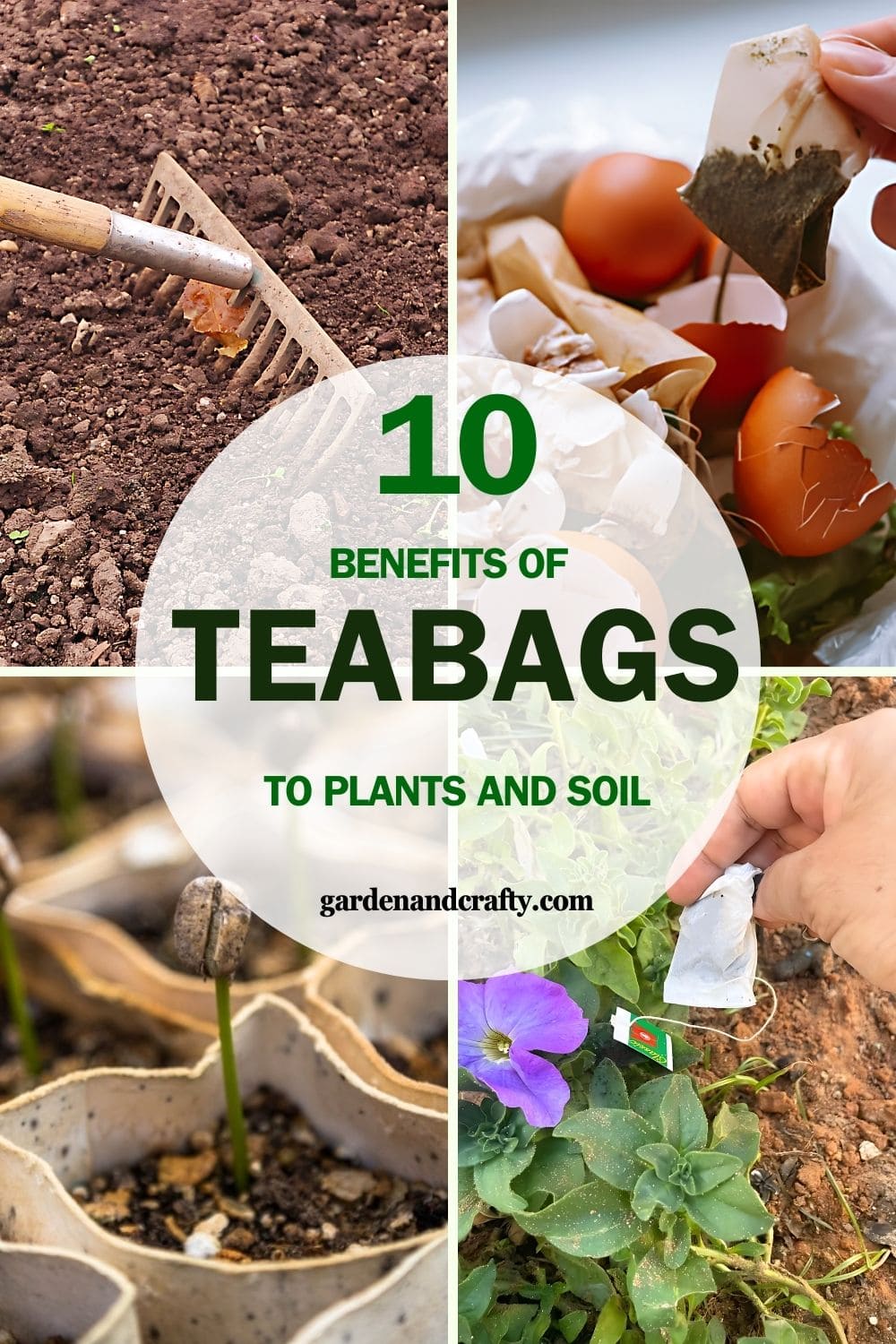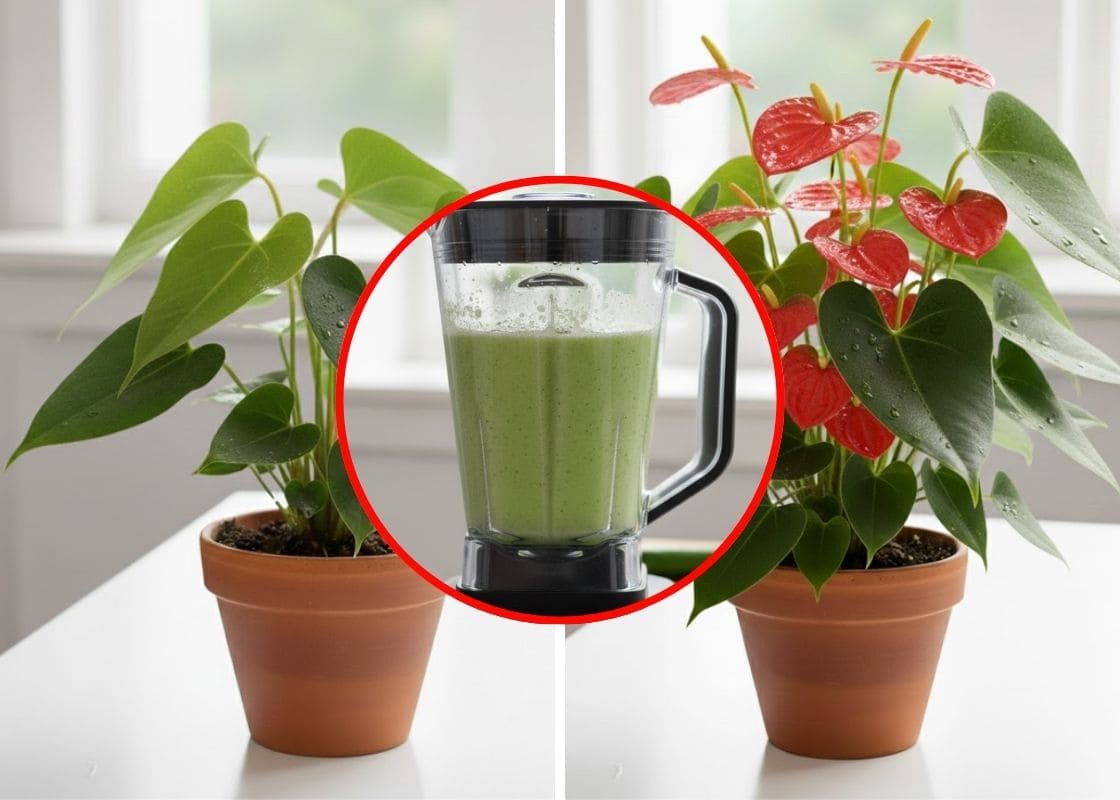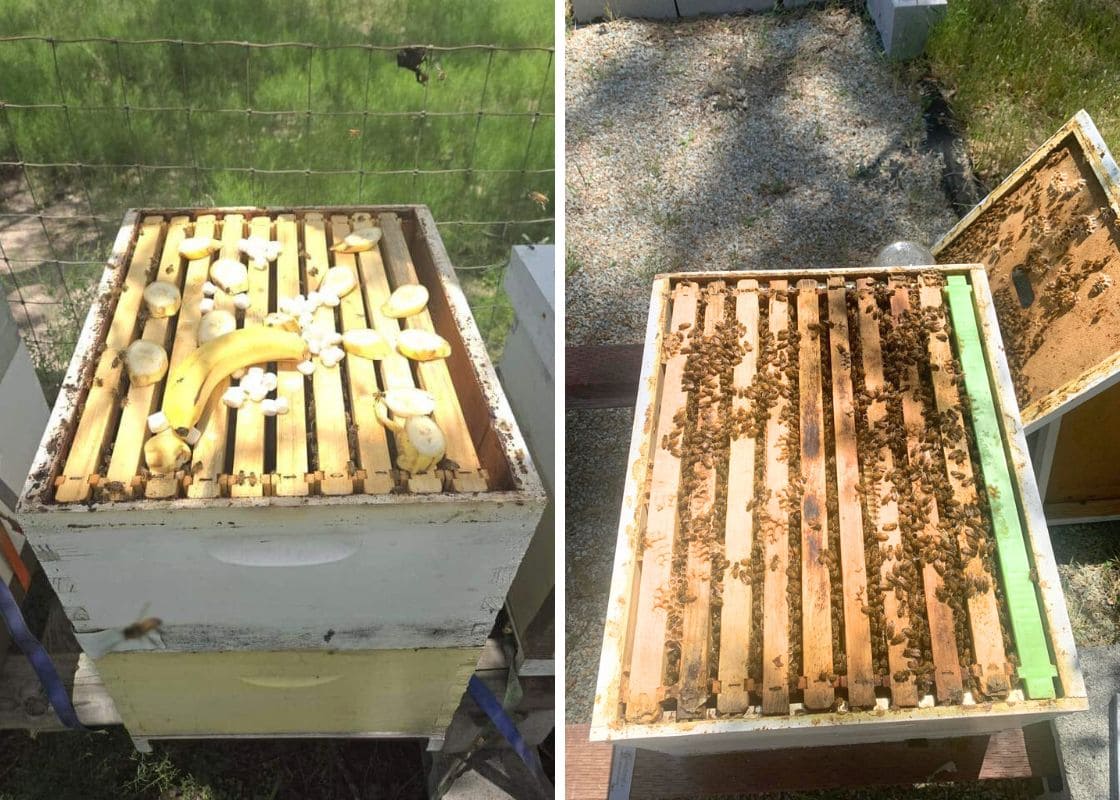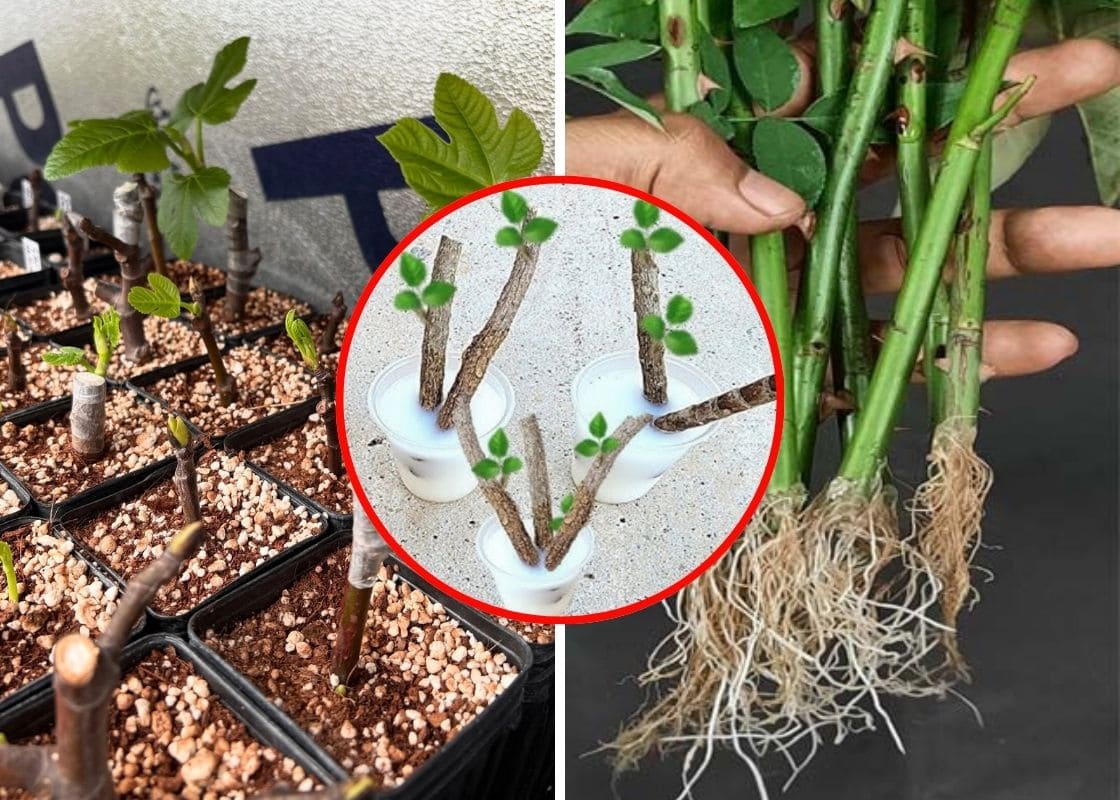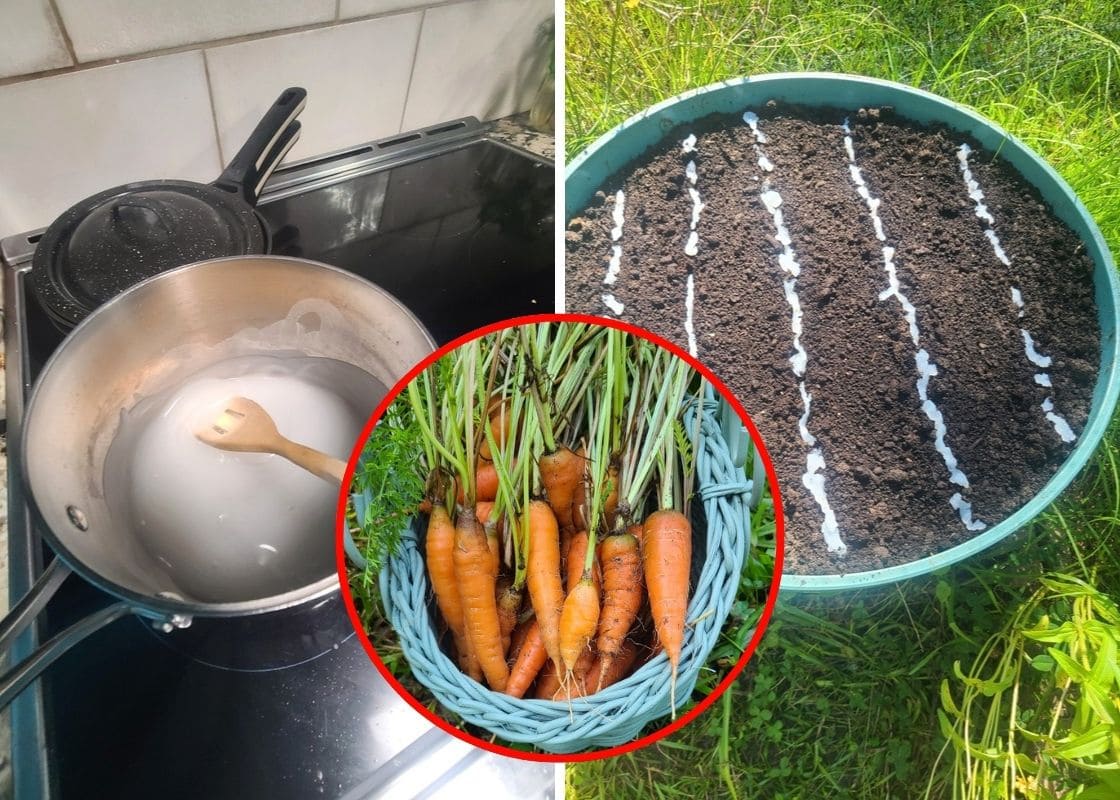Have you ever thought of reusing teabags? Traditionally, teabags are discarded without a second thought.
However, these small, often overlooked items can offer surprising benefits to your garden.
By repurposing teabags, you can enrich your soil, deter pests, and so many other benefits.
#1. Compost Enrichment
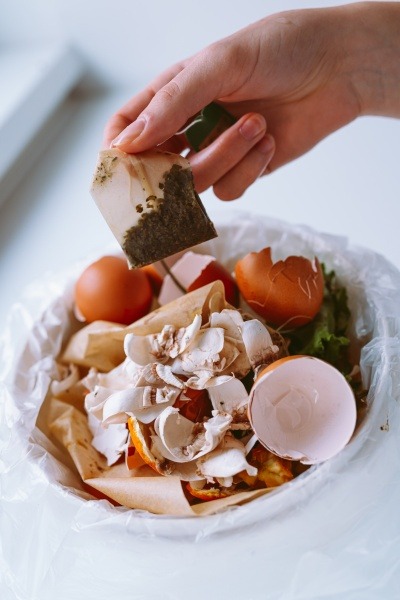
When you add used teabags to your compost, you’re not just getting rid of waste; you’re supercharging your compost with nutrients.
Teabags are packed with organic matter that breaks down easily, providing a rich source of nitrogen.
#2. Soil Fertilizer
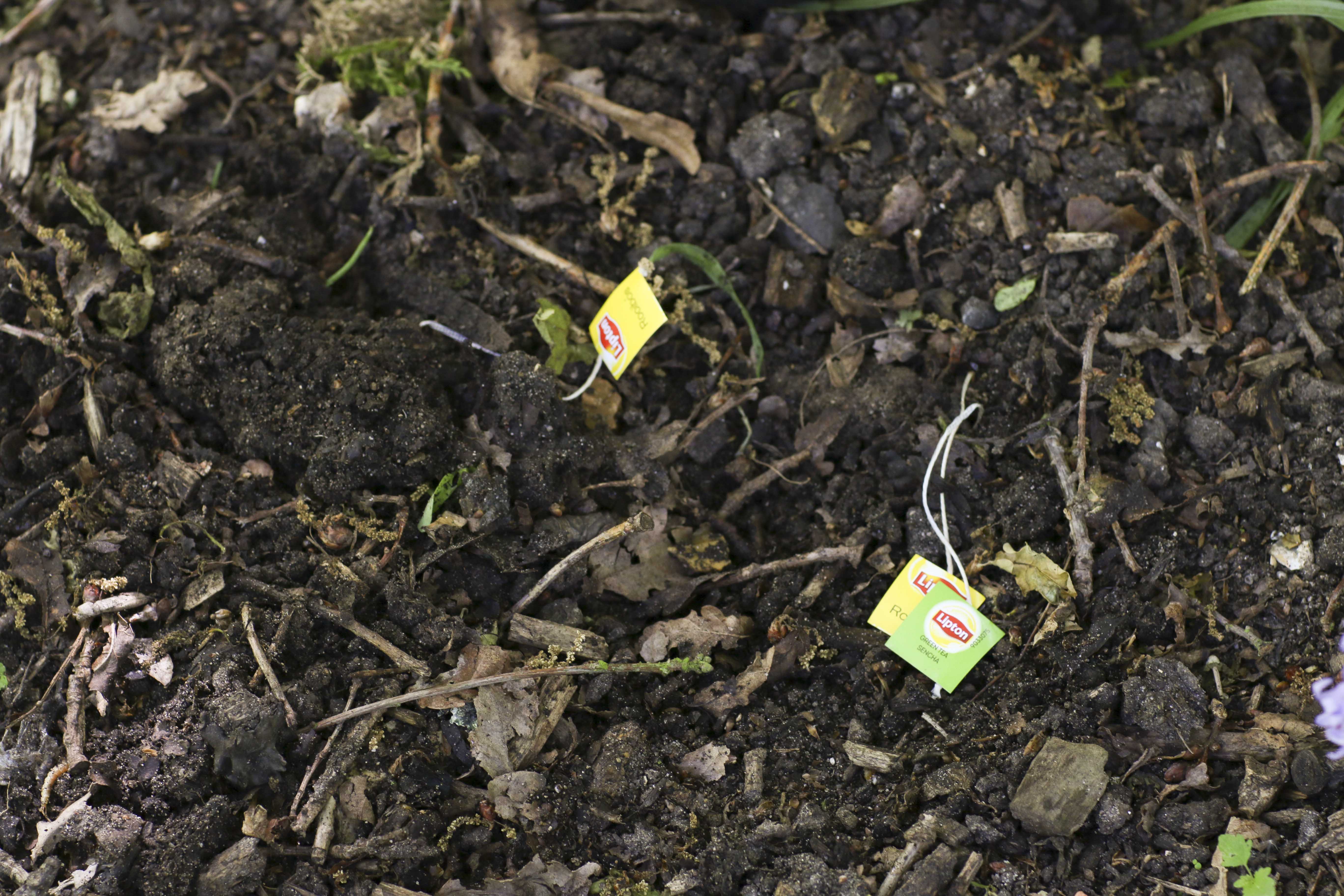
When you plant used teabags, they break down and release nutrients into the soil. The tea leaves are rich in nitrogen, which is essential for plant growth.
Plus, they improve the soil structure, making it easier for roots to spread out and absorb water.
You just bury the teabags near the roots, and nature does the rest.
#3. pH Balancing
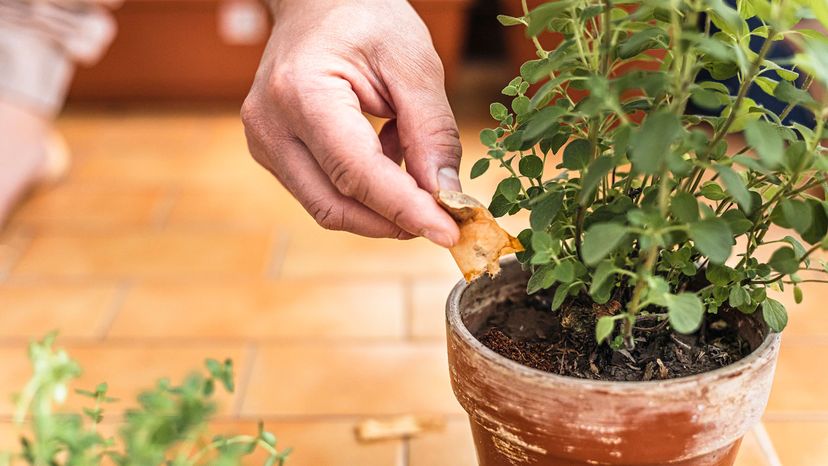
When you plant used teabags in your garden, they can help balance the pH level of your soil.
Tea leaves are slightly acidic, which can be a game-changer if your soil is too alkaline.
On the flip side, if your soil is too acidic, the organic matter in the teabags can help neutralize it over time.
#4. Pest Repellent
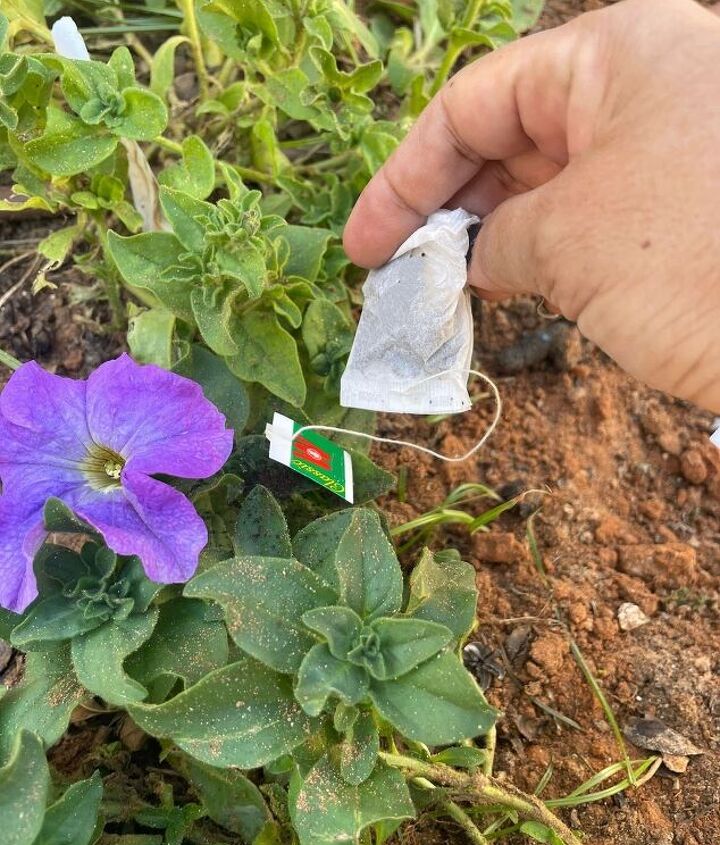
Teabags are packed with tannins, which are natural compounds that many insects find absolutely repulsive.
When you bury a used teabag in your garden, it slowly releases these tannins into the soil, creating an invisible barrier that pests just don’t want to cross.
Another awesome thing about teabags is that they can help deter larger pests too.
For instance, if you’ve got a problem with rodents or even some types of birds, the strong scent of tea can be a real turn-off for them.
#5. Moisture Retention
When you plant used teabags in your garden, they act like little sponges. They soak up water and then slowly release it, keeping the soil consistently moist.
This is especially helpful during those hot summer days when your plants are thirsty.
Plus, it means you won’t have to water as often, which is a win-win for both you and your plants.
#6. Odor Control

Teabags in your garden help neutralize odors. The natural compounds in tea, like tannins, work wonders in absorbing and eliminating bad smells.
#7. Plant Nutrients
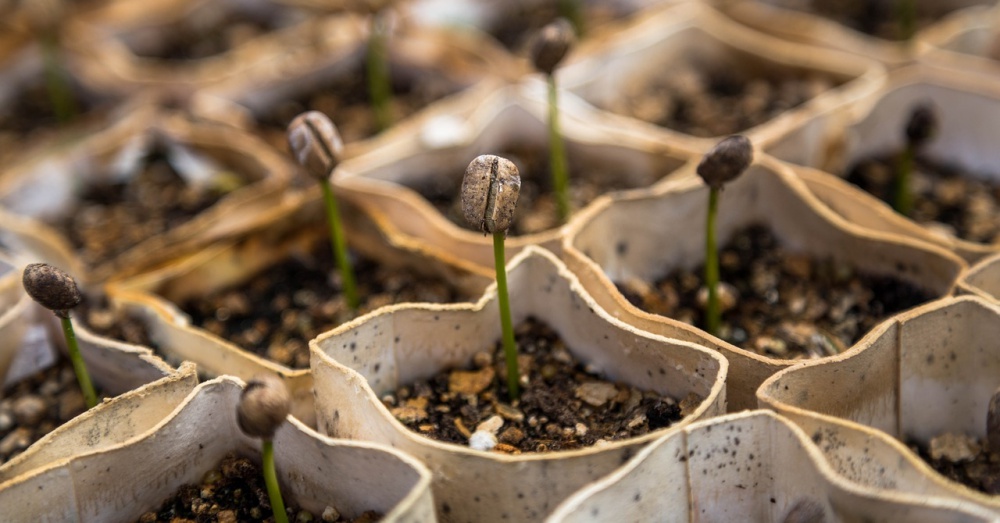
Teabags are loaded with essential nutrients like nitrogen, potassium, and phosphorus.
These are the big three that plants need to grow strong and healthy.
When you bury a teabag in your garden, it slowly releases these nutrients into the soil, giving your plants a steady supply of what they need.
#8. Mulch Alternative
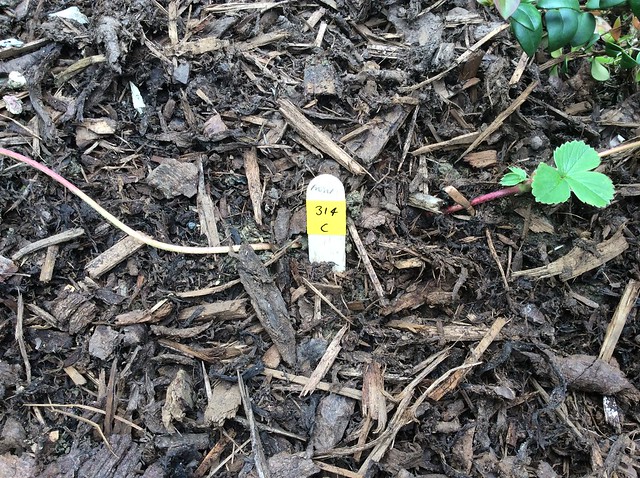
Teabags in your garden are like traditional mulch. One of the coolest things about using teabags is that they can help with weed control.
Just like mulch beds, they create a barrier that makes it harder for weeds to pop up.
#9. Worm Attractant

When you plant used teabags in your garden, they break down and create a rich, organic matter that worms absolutely love.
Worms are nature’s best composters. They munch on the decomposing teabags and other organic material, and in return, they produce worm castings.
Besides, worms also help to aerate the soil as they burrow through it. This means better oxygen flow to your plant roots.
Plus, the tunnels they create allow water to penetrate deeper into the soil, ensuring your plants get the moisture they need.
#10. Disease Prevention
Teabags release antimicrobial properties that help keep harmful bacteria and fungi at bay.
This is especially useful if you’re growing plants that are prone to diseases, like tomatoes or roses.

I remember reading about the benefits of medicinal plants like turmeric and thyme, which have anti-inflammatory and antimicrobial effects.
Well, teabags work in a similar way for your garden. They create a healthier environment for your plants, reducing the need for chemical sprays and treatments.
